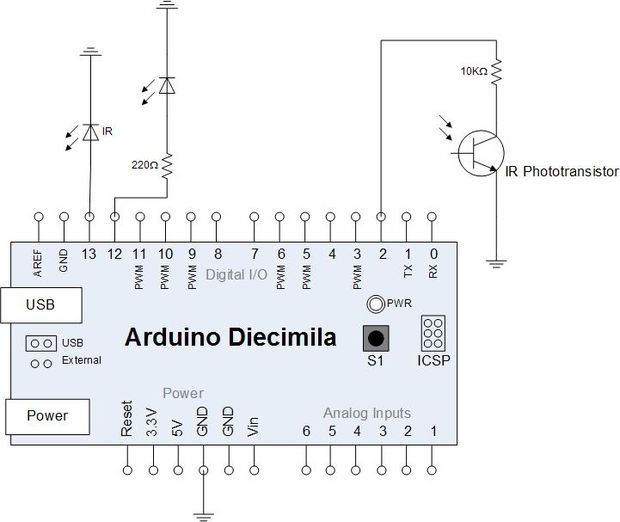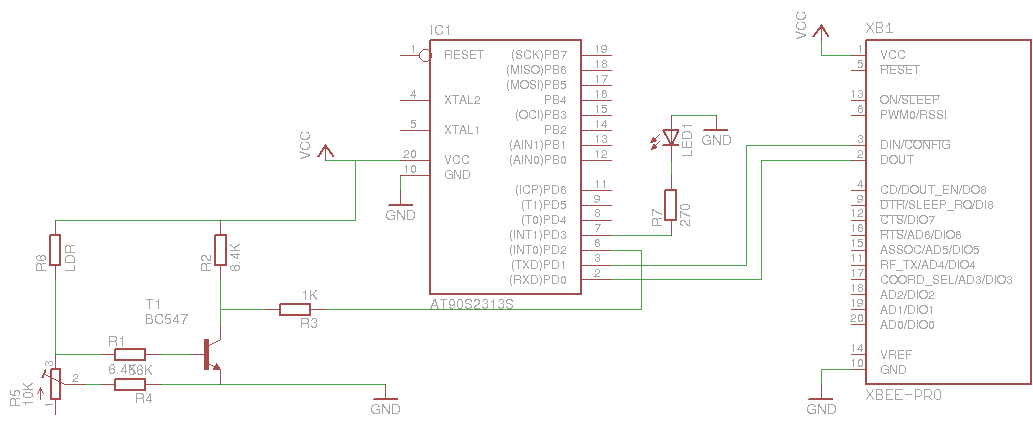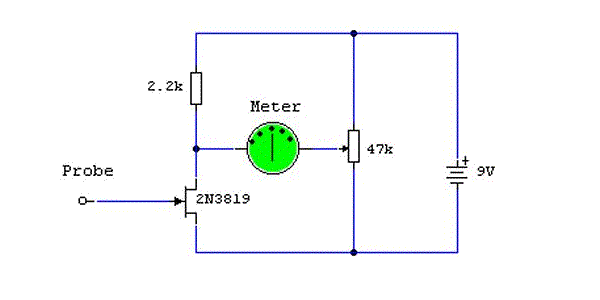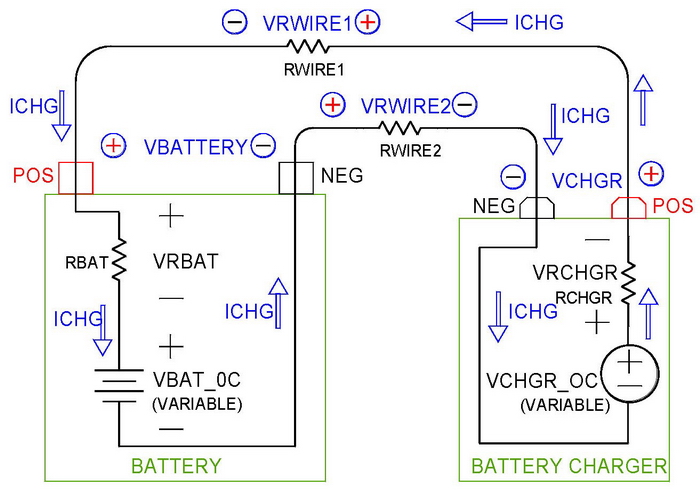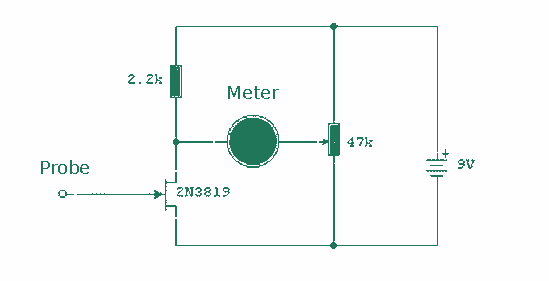
electricity
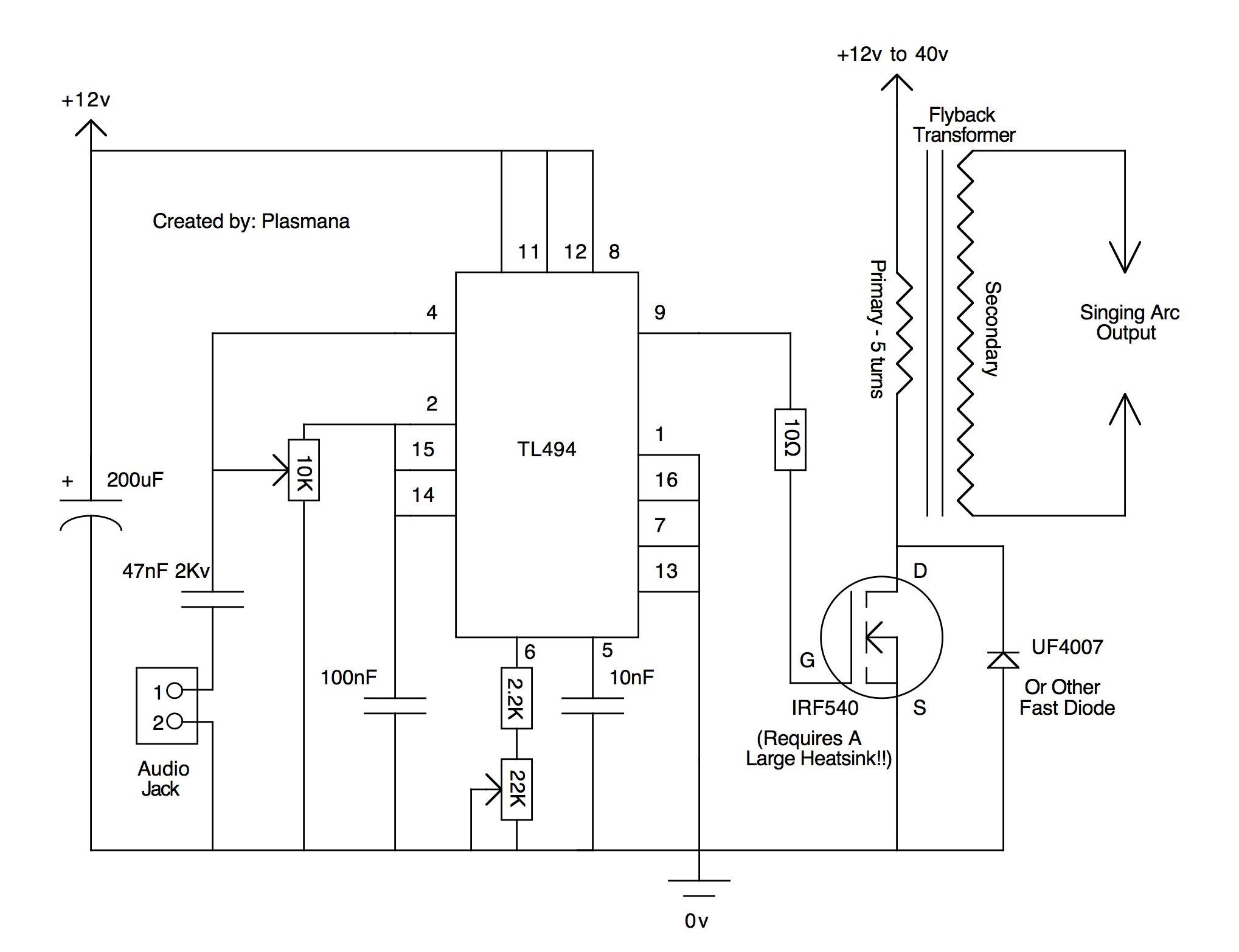
According to the datasheet, they will switch about 160 kW at up to 10 kV (7.2 kV typical). Unfortunately, this is insufficient for the quarter shrinker; however, a miniature ring flipper may be in development. A presentation will be held at Ada's Technical Books on Capitol Hill this Sunday, 9/19, from 4:00-6:00 PM, showcasing wireless projects in Africa and Italy, followed by practical high voltage demonstrations. Robert Bussard's classic Google Tech Talk discusses a design for a novel fusion reactor developed for the DoD over eleven years, with hopes for further funding from Silicon Valley. Although Bussard passed away shortly after the talk, interest in his design persists, with efforts by groups like Famulus to recreate his work for DIY fusion reactor sources. The possibility of a new energy revolution led by garage inventors is intriguing. Circuit building has been a lifelong pursuit, starting at age seven, with experience in freehanding breakout boards and assembling kits. Despite a strong foundation in electronics, the transition to designing circuits from scratch was delayed. After years of working with existing designs, a desire to create novel circuits emerged. To facilitate this, CadSoft Eagle was explored, beginning with Sparkfun's Eagle tutorial. Initial challenges with the user interface were overcome, leading to enjoyment in the design process. Recent projects include a header board for a Nixie Tube HV Volt Meter and a new version of the Singing Arc, both two-layer, through-hole boards with complex connections. Anticipation builds for populating, powering up, and debugging these boards. New 1000 Megohm resistors were ordered to support the development of high voltage measuring tools, including a high voltage voltmeter and oscilloscope. A voltage divider using a gigohm resistor will enable the use of standard bench tools for testing, capable of measuring voltages up to 40 kV for the pole pig. The ultimate goal is to create a voltmeter with a Nixie tube display, utilizing a TL494 to switch a MOSFET rapidly, generating sound through the vibration of heated air, akin to a speaker.
The circuit design described involves several key components and methodologies for high voltage applications. The primary focus is on developing a high voltage voltmeter capable of measuring voltages up to 40 kV. This is achieved through the use of a voltage divider constructed with high resistance resistors, specifically 1000 Megohm resistors, which are critical for ensuring safety and accuracy at elevated voltages.
The voltmeter circuit will incorporate a Nixie tube display, which requires careful consideration of the high voltage levels involved. The use of a TL494 integrated circuit as a switching regulator allows for efficient control of a MOSFET. The MOSFET operates at high frequency, rapidly switching current into the primary coil of a TV flyback transformer. This transformer is selected for its ability to generate high voltages and is readily available from sources such as eBay.
The operational principle of the circuit relies on the rapid heating and cooling of air around the flyback transformer. When the spark is generated, the air heats up quickly, and upon switching off, it cools rapidly, leading to vibrations that produce sound. This innovative approach not only serves the purpose of voltage measurement but also adds an auditory feedback mechanism to the circuit, enhancing user interaction.
The design process utilizes CadSoft Eagle for schematic capture and PCB layout, allowing for precise connections and efficient use of space on the circuit board. The two-layer, through-hole design is particularly advantageous for managing the numerous connections required for high voltage circuitry while maintaining structural integrity.
As the project progresses, emphasis will be placed on populating the PCB with components, ensuring correct placement and soldering of parts, and conducting thorough testing to validate the circuit's performance. Debugging will involve checking for proper functionality, measuring output voltages, and ensuring that the circuit operates safely within the specified high voltage limits. Overall, this project represents a significant step in the evolution of high voltage measurement tools, merging traditional electronics with innovative design techniques.According to the datasheet, they`ll switch about 160 kW at up to 10 kV (7. 2 kV typical). Sadly this is not enough for the quarter shrinker, but I think I see a miniature ring flipper in my future I`m very excited to be speaking at Ada`s Technical Books on Capitol Hill this Sunday 9/19, from 4:00-6:00pm. I`ll show some nice photos of wireless projects in Africa and Italy, followed by some hands-on high voltage shenanigans. Hope to see you there! Here is the classic Google Tech Talk from Robert Bussard (yes, the ramjet guy). In it he talks about a design for a novel fusion reactor he developed for the DoD over the course of eleven years. He was hoping to find further funding for the project in the Silicon Valley tech set. Sadly, he died less than a year after this talk, but interest in the design continues. Folks like Famulus are trying to recreate Bussard`s work in an attempt to create a DIY-able fusion reactor source.
Is it possible that the next energy revolution will come from a garage inventor Thanks to my extremely encouraging dad, I`ve been building circuits since I was seven years old. Freehanding a breakout board with my trusty Weller is second nature. Growing up, I always had a Heathkit or Radio Shack 200-in-1 kit lying around in various states of assembly and/or modification.
I learned to read schematics, and got quite good at physical assembly. But I somehow never quite made the leap to designing circuits from scratch. Computers (and also girls) were a lot more interesting to me than studying electronics design. Fast forward a couple of decades, and I`ve noticed that years of tweaking other people`s designs and building things from kits gotten me into some bad habits. I have finally reached a point where I want to make circuits that do novel things, and freehanding, while quick and dirty, is not always the best choice for building complex circuits.
Especially when high voltages are involved. So after months of putting it off, I bit the bullet andstarted digging into CadSoft Eagle. To get going quickly, Iworked through Sparkfun`s Eagle tutorial. I must say that after a bit of a shaky start (warning: UI designed by EEs ahoy!) I`m really starting to enjoy it. Draw a schematic, link it to physical components, make your connections, and you`re building real grown-up circuit boards!
After about a weekend`s worth of effort, I`ve made a header board for the Nixie Tube HV Volt Meter project and a new revision of the Singing Arc. These are two-layer, through-hole boards with many more connections than are practical to run by hand.
Of course I`m excited now, because my designs look perfect (to my biased and poorly schooled eye) and they aren`t yet baked into copper and fiberglass. The real fun (and likely disappointment) will come in a couple of weeks when I get to populate, power up, and debug the boards.
I know I still have a lot to learn ahead of me. But this free tool is becoming addictive. Playing the Eagle video game is a lot more fun than most. Sure there`s a lot of grind in the beginning, but by the end you level-up with real electronics I ordered some 1000 Megohm resistors today. They`ll be the basis for some new HV measuring tools. I`m finding that I could really use a high voltage voltmeter and oscilloscope lately. Using a gigohm resistor (just like we use for the quarter shrinker ) I can make a voltage divider, which will let me use my regular bench tools for testing.
It looks like these will be good through 40kV, which will let me measure the performance of the pole pig ! The ultimate plan is to make a voltmeter with a nixie tube display. It uses a TL494 to switch a MOSFET very rapidly, dumping current into the primary coil of a TV flyback.
The air rapidly heats up when the spark is on, and it cools quickly when switched off. This causes the air to vibrate, making sound just like a speaker. I used a Hitachi flyback (about $10 on eBay) but any flyb 🔗 External reference
The circuit design described involves several key components and methodologies for high voltage applications. The primary focus is on developing a high voltage voltmeter capable of measuring voltages up to 40 kV. This is achieved through the use of a voltage divider constructed with high resistance resistors, specifically 1000 Megohm resistors, which are critical for ensuring safety and accuracy at elevated voltages.
The voltmeter circuit will incorporate a Nixie tube display, which requires careful consideration of the high voltage levels involved. The use of a TL494 integrated circuit as a switching regulator allows for efficient control of a MOSFET. The MOSFET operates at high frequency, rapidly switching current into the primary coil of a TV flyback transformer. This transformer is selected for its ability to generate high voltages and is readily available from sources such as eBay.
The operational principle of the circuit relies on the rapid heating and cooling of air around the flyback transformer. When the spark is generated, the air heats up quickly, and upon switching off, it cools rapidly, leading to vibrations that produce sound. This innovative approach not only serves the purpose of voltage measurement but also adds an auditory feedback mechanism to the circuit, enhancing user interaction.
The design process utilizes CadSoft Eagle for schematic capture and PCB layout, allowing for precise connections and efficient use of space on the circuit board. The two-layer, through-hole design is particularly advantageous for managing the numerous connections required for high voltage circuitry while maintaining structural integrity.
As the project progresses, emphasis will be placed on populating the PCB with components, ensuring correct placement and soldering of parts, and conducting thorough testing to validate the circuit's performance. Debugging will involve checking for proper functionality, measuring output voltages, and ensuring that the circuit operates safely within the specified high voltage limits. Overall, this project represents a significant step in the evolution of high voltage measurement tools, merging traditional electronics with innovative design techniques.According to the datasheet, they`ll switch about 160 kW at up to 10 kV (7. 2 kV typical). Sadly this is not enough for the quarter shrinker, but I think I see a miniature ring flipper in my future I`m very excited to be speaking at Ada`s Technical Books on Capitol Hill this Sunday 9/19, from 4:00-6:00pm. I`ll show some nice photos of wireless projects in Africa and Italy, followed by some hands-on high voltage shenanigans. Hope to see you there! Here is the classic Google Tech Talk from Robert Bussard (yes, the ramjet guy). In it he talks about a design for a novel fusion reactor he developed for the DoD over the course of eleven years. He was hoping to find further funding for the project in the Silicon Valley tech set. Sadly, he died less than a year after this talk, but interest in the design continues. Folks like Famulus are trying to recreate Bussard`s work in an attempt to create a DIY-able fusion reactor source.
Is it possible that the next energy revolution will come from a garage inventor Thanks to my extremely encouraging dad, I`ve been building circuits since I was seven years old. Freehanding a breakout board with my trusty Weller is second nature. Growing up, I always had a Heathkit or Radio Shack 200-in-1 kit lying around in various states of assembly and/or modification.
I learned to read schematics, and got quite good at physical assembly. But I somehow never quite made the leap to designing circuits from scratch. Computers (and also girls) were a lot more interesting to me than studying electronics design. Fast forward a couple of decades, and I`ve noticed that years of tweaking other people`s designs and building things from kits gotten me into some bad habits. I have finally reached a point where I want to make circuits that do novel things, and freehanding, while quick and dirty, is not always the best choice for building complex circuits.
Especially when high voltages are involved. So after months of putting it off, I bit the bullet andstarted digging into CadSoft Eagle. To get going quickly, Iworked through Sparkfun`s Eagle tutorial. I must say that after a bit of a shaky start (warning: UI designed by EEs ahoy!) I`m really starting to enjoy it. Draw a schematic, link it to physical components, make your connections, and you`re building real grown-up circuit boards!
After about a weekend`s worth of effort, I`ve made a header board for the Nixie Tube HV Volt Meter project and a new revision of the Singing Arc. These are two-layer, through-hole boards with many more connections than are practical to run by hand.
Of course I`m excited now, because my designs look perfect (to my biased and poorly schooled eye) and they aren`t yet baked into copper and fiberglass. The real fun (and likely disappointment) will come in a couple of weeks when I get to populate, power up, and debug the boards.
I know I still have a lot to learn ahead of me. But this free tool is becoming addictive. Playing the Eagle video game is a lot more fun than most. Sure there`s a lot of grind in the beginning, but by the end you level-up with real electronics I ordered some 1000 Megohm resistors today. They`ll be the basis for some new HV measuring tools. I`m finding that I could really use a high voltage voltmeter and oscilloscope lately. Using a gigohm resistor (just like we use for the quarter shrinker ) I can make a voltage divider, which will let me use my regular bench tools for testing.
It looks like these will be good through 40kV, which will let me measure the performance of the pole pig ! The ultimate plan is to make a voltmeter with a nixie tube display. It uses a TL494 to switch a MOSFET very rapidly, dumping current into the primary coil of a TV flyback.
The air rapidly heats up when the spark is on, and it cools quickly when switched off. This causes the air to vibrate, making sound just like a speaker. I used a Hitachi flyback (about $10 on eBay) but any flyb 🔗 External reference

